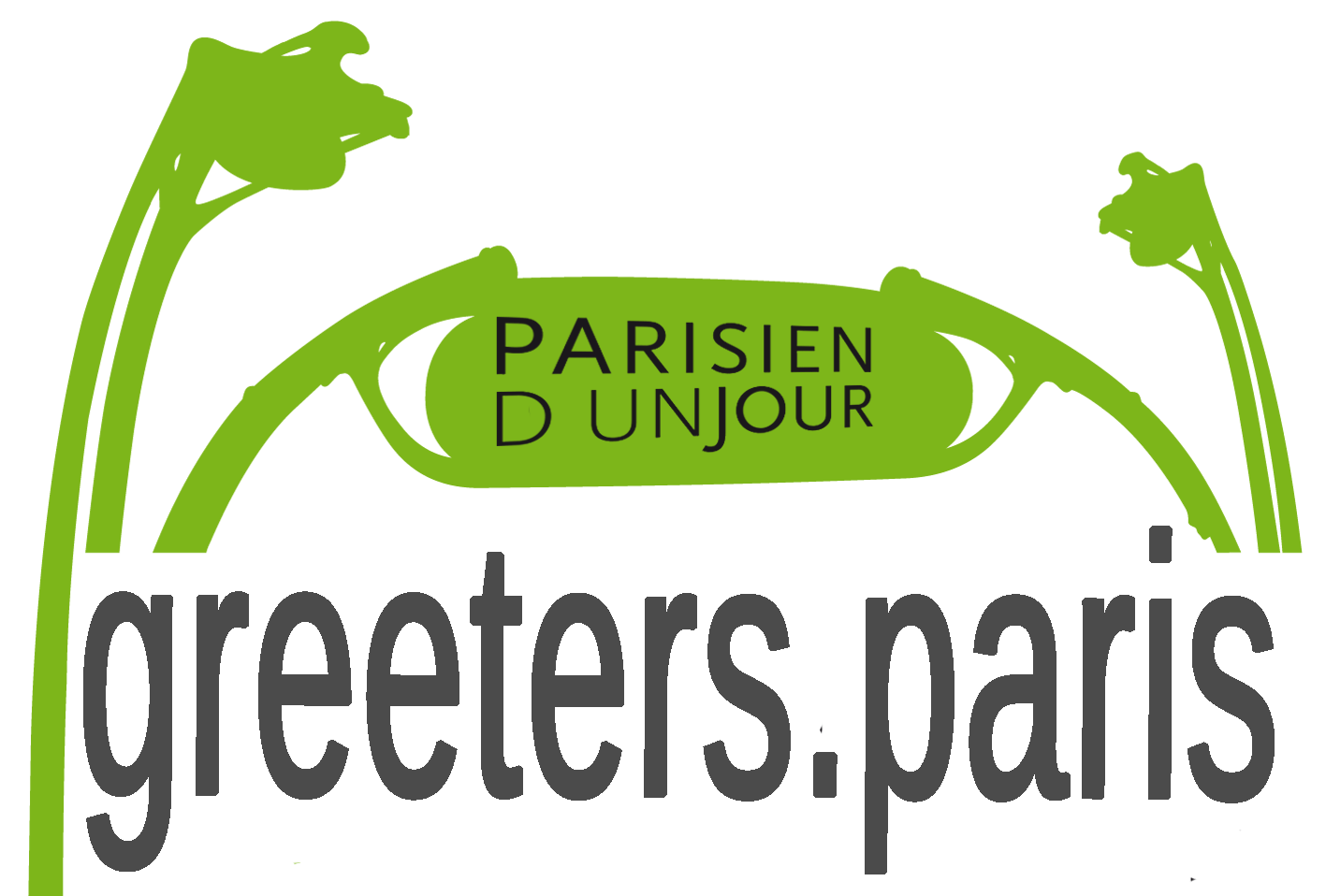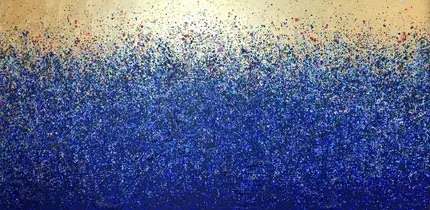Louis
Pasteur (1822-95) is of course known for different vaccinations, microbial
fermentation, pasteurization… How many lives have been saved thanks to his
research, his discoveries?
He was the
founder of the Pasteur Institute which opened in 1888. Today the Institute
occupies a large area in the 15th arrondissement.
The
workforce is of some 2400 (60 nationalities) + some 500 students. … and there
are today some 32 Pasteur Institutes worldwide. The Pasteur Institute is a
leading biomedical research organization. It has offered solutions or improvements
of methods to fight against diphtheria, tetanus, tuberculosis, poliomyelitis,
influenza, yellow fever, plague… The Institute was the first to isolate HIV
(AIDS virus). Ten of the Institute’s scientists have been awarded the Nobel
Prize. It’s a private, non-profit organisation. The funding include donations,
licensing royalties, French government subsidies…
The
Institute was created thanks to fund raising. The donators also wanted to offer
a decent place for the Pasteur couple to live in and the apartment can be
visited. Louis Pasteur’s wife lived here until her death in 1910.
The apartment
was more or less empty until 1935, when his grandson, who had kept all family
furniture and objects, offered it all to the Institute. Since 1936 this is now a
Pasteur Museum.
Here we can
see Louis Pasteur on a photo (by Nadar) and on a famous painting (by Albert
Edelfelt) – one in the apartment, one at the Orsay Mauseum. We can also see a
photo of his wife, Marie-Laurent. She was not only the mother of their five
children, whereof only two lived to an adult age, but also by some considered
as his best and very active collaborator. There is also a portrait that Louis Pasteur
made of his mother. He made a number of excellent portraits and other paintings
until the age of 20, when he gave it up.
Some photos
from the apartment in one of the original buildings - many have been added since. I could draw your special attention to the portrait of
Pasteur + grandchild, offered by the owner of the Carlsberg Breweries. They
owed great thanks to Pasteur for his help with beer fermentation methods.
One of the
rooms is displaying tools used by Pasteur in his different laboratories.
Louis
Pasteur was offered great national funerals at the Notre Dame. The wish was to
give him a grave at the Paris Pantheon, but his wife insisted on having him buried
in the basement of their home. This is some kind of extravagant mausoleum
decorated with mosaics see also top picture.



















































